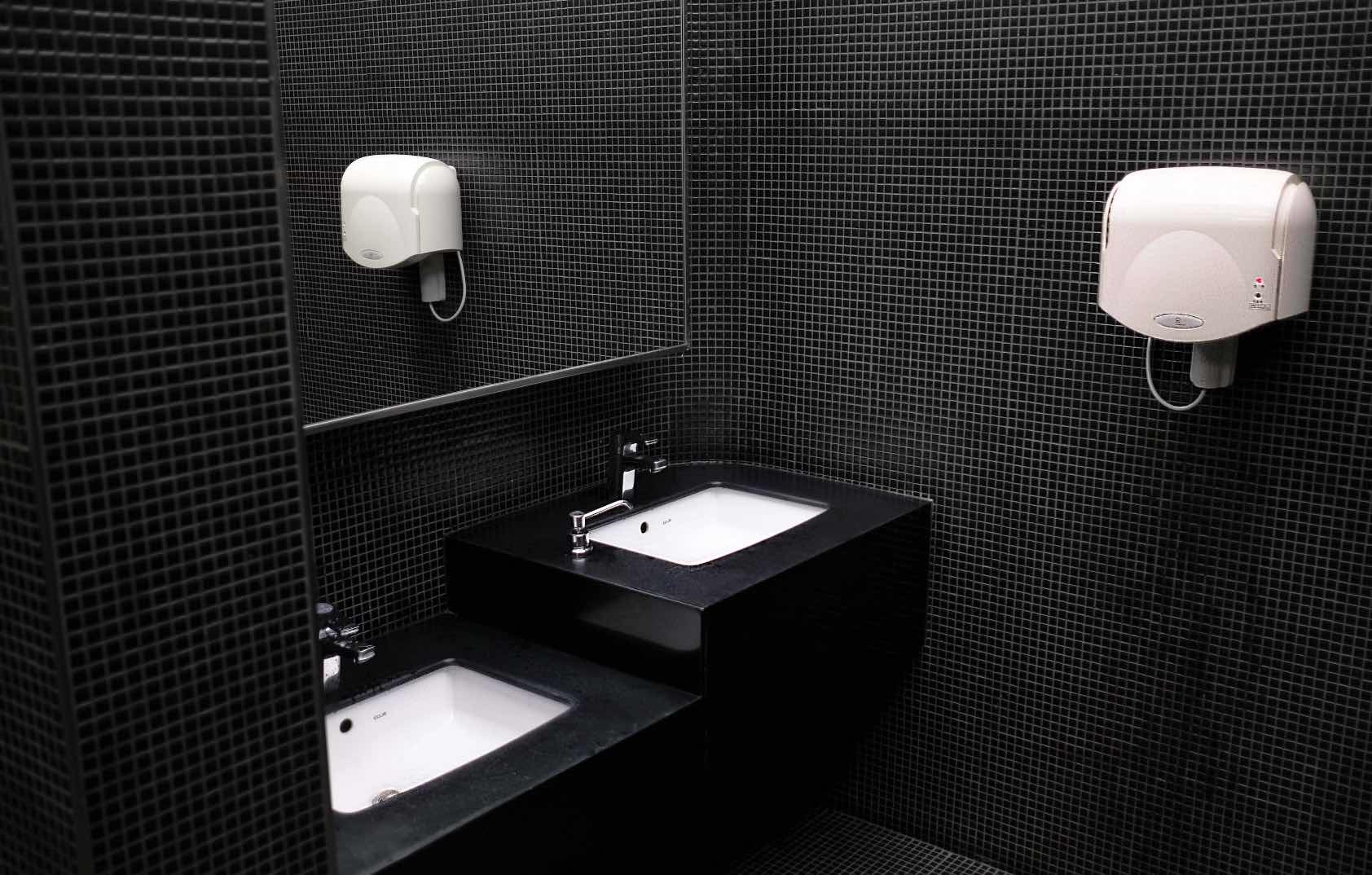
07 Dec Mastering the Art of Remedying Water Damage and Mold in Confined Areas
Navigating the complexities of water damage and mold in tight spaces presents a unique set of challenges. These confined areas, often overlooked, can harbor significant issues if not addressed properly. This blog post delves into effective strategies and cutting-edge techniques for tackling water damage and mold in such spaces. We’ll explore innovative solutions that go beyond traditional methods, offering insights into how to efficiently and safely restore these challenging areas to their former glory.
Identifying and Assessing Hidden Damage The first step in addressing water damage in tight spaces is thorough identification and assessment. Using moisture meters and thermal imaging cameras can help detect hidden moisture and mold growth in areas that are not immediately visible.
Innovative Drying Techniques Traditional drying methods might not be effective in confined spaces. Employing specialized equipment like low-profile air movers, desiccant dehumidifiers, or heat drying systems can expedite the drying process in these challenging areas.
Eco-Friendly and Non-Invasive Mold Remediation For mold remediation in tight spaces, consider using eco-friendly and less invasive methods. Techniques like dry ice blasting or fogging with plant-based, EPA-approved fungicides can effectively eradicate mold without the need for extensive demolition.
Preventative Measures for Long-Term Protection Prevention is key in managing water damage and mold in confined areas. Implementing solutions such as better insulation, vapor barriers, and improved ventilation can help prevent future occurrences.
Conclusion: Addressing water damage and mold in tight spaces requires a blend of precision, innovation, and foresight. By employing advanced techniques and preventative measures, it’s possible to effectively combat these issues, even in the most challenging of spaces. Remember, the goal is not just to remedy the current problem but to ensure long-term protection and safety.

